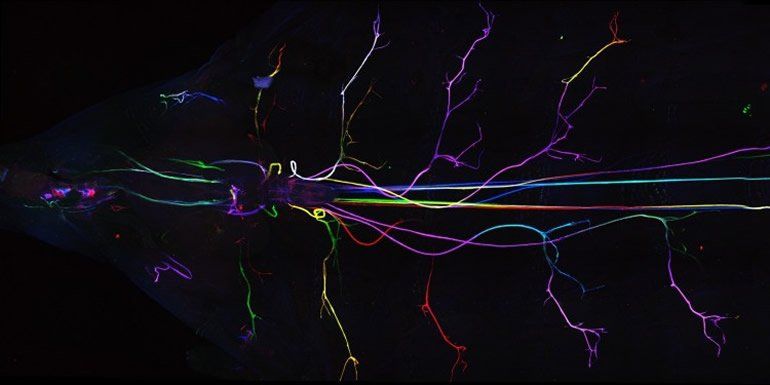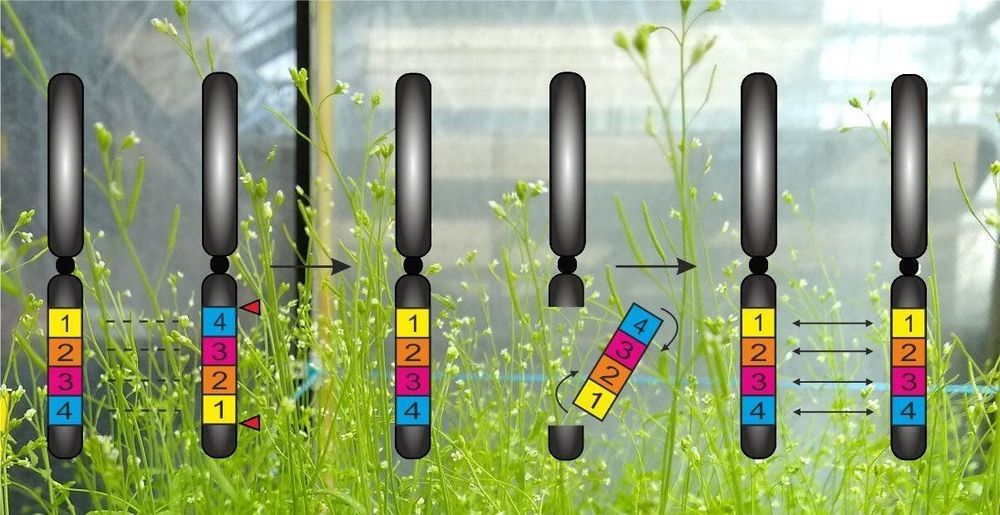What has been shaping the human mind throughout the history of mankind? What is the difference between mind and consciousness? What links quantum physics to consciousness? What gives rise to our subjective experience? What drives our accelerating evolution?
If you’re eager to familiarize with probably the most advanced ontological framework to date or if you’re already familiar with the Syntellect Hypothesis which, with this series, is now presented to you as the full-fledged Cybernetic Theory of Mind, you should get this book two of the series which corresponds to Part II of The Syntellect Hypothesis: Five Paradigms of the Mind’s Evolution. This volume two contains some newly-introduced and updated material if compared with the originally published version and can be read as a stand-alone book. At the same time, it is highly recommended to obtain The Syntellect Hypothesis as the original coherent version of the same theoretical framework instead of waiting for all five books to come out and if you don’t need extra detailing.
Over the course of human history, from the first bonfire to today’s smartphones and hyperloops, we have designed tools, and tools designed us back by shaping our minds. Technology isn’t just something outside ourselves, it’s an innate part of human nature, like sex, sleeping or eating, and it has been a major driving force in evolution. Tool using, along with language, bipedalism, and cooking (quite literally) is essentially what has made us human.







